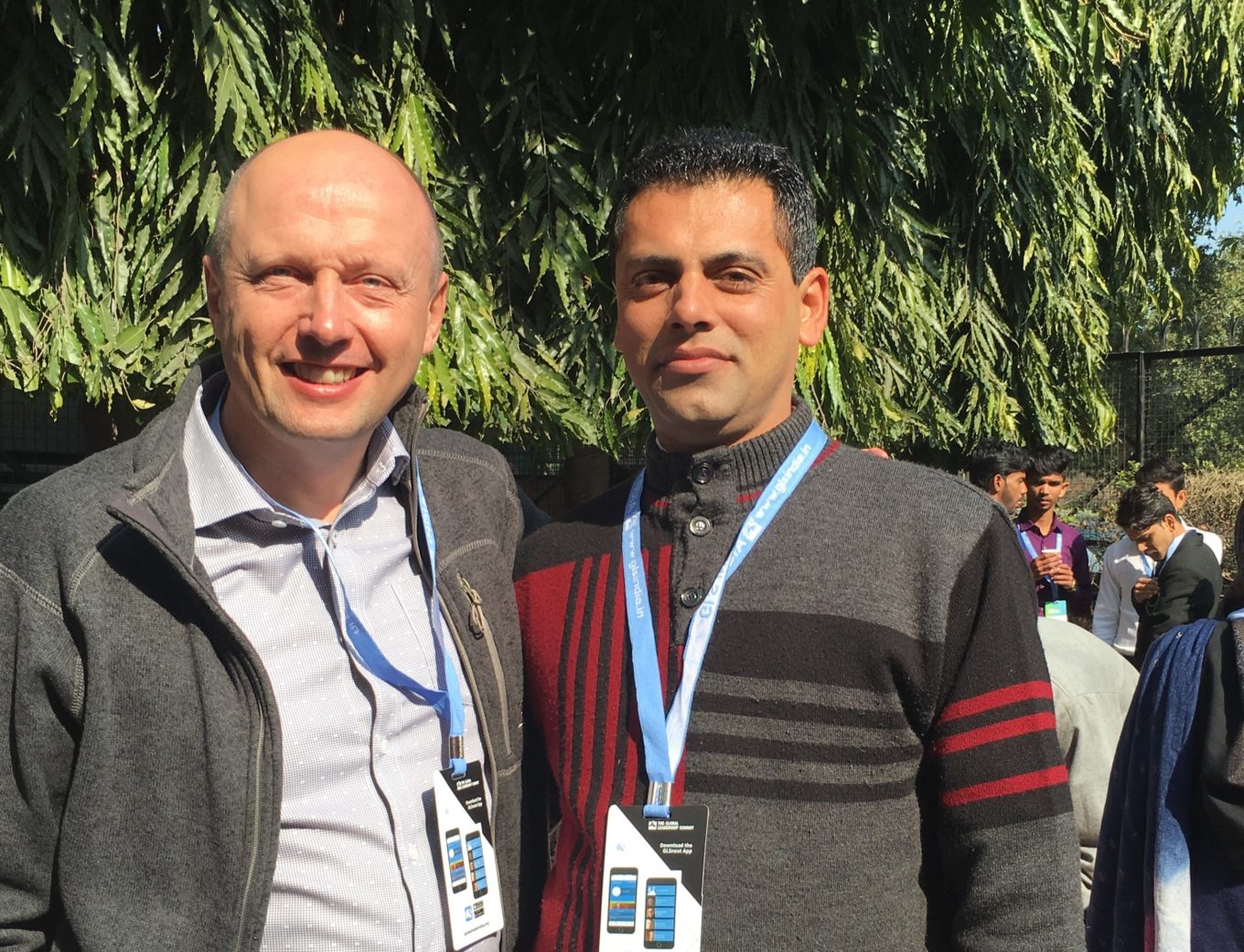This article is part of my Global Leadership series; Insights from more than a decade of leadership training around the world…
Solving complex problems lies at the heart of what it means to be an effective leader. But effective leadership involves more than finding solutions. It’s about being the solution.
Being the solution to a problem means going beyond delegation. It means that you are committing to personally owning all that needs to happen to ensure a successful outcome. And for this to happen, it means getting out from behind your desk. It means moving beyond the board room or the lectern. It means positioning yourself in the heart of the action.
Where you position yourself will determine your effectiveness in problem-solving.
While visiting leaders in Nagpur, India, I had asked one of the local officials to describe his greatest challenge. He explained that he was unable to wire funds to his son who was studying in university overseas. The situation was becoming desperate.
When I learned that his son was studying in a city in Canada near to where I would soon be visiting, I recognized that this gave me the opportunity not to simply help him find a solution; I could possibly be the solution.
By changing an upcoming travel itinerary and schedule, I believed I could find a way to personally deliver the funds to this man’s son.
It was only in actually being physically present that the opportunity to personally solve this problem became possible.
As a leader, positioning yourself to be a problem-solver requires understanding 3 key principles…
1. Spending too much time alone in your office limits your effectiveness
Leaders who stay at their desks, or who allow their teams to handle all of the work on the front lines will have a limited perspective on the dynamics of a problem. Be where the action is.
2. Make ‘yes’ your default setting (with discernment)
Once you’re positioned on the front-lines, you’ll come face-to-face with complex problems in a real-time setting. You can’t, and shouldn’t, try to solve every problem yourself. Discernment is required. But start with a “Yes” mindset. Approach each challenge by asking, “What would it take to figure this out?”
3. Embrace inconvenience
Authentic problem-solving means getting your hands dirty. In means messing up your routine. It means being willing to be inconvenienced. As you move through the front-lines of where the real action is, be prepared to have your schedule interrupted and your rhythms messed up. This is how real problems are solved.
In leadership, there is an important time and place to be alone, or huddled away with your team. This is where planning, dreaming and strategy can best happen. But as an authentic leader, you need to be in the trenches too. You need to be where the action is.
Because that’s where the real thrill of authentic problem-solving is happening.
Don’t miss it.




One comment